Contents
What is Multifactor Authentication?
How Does Multi-Factor Authentication Work?
MFA vs. 2-Factor Authentication: What’s The Difference?
The Importance of Multi-Factor Authentication for Businesses
What To Consider When Selecting An MFA Solution For Your Business
How to Implement a Multifactor Authentication Policy for Your Company
What Challenges Might Businesses Face When Implementing Multifactor Authentication?
Benefits of Using Multifactor Authentication for Your Business
The Challenge of Using Multifactor Authentication
How Can Employees Be Trained To Use Multi-Factor Authentication?
Recently, the Cyber Readiness Institute (CRI) surveyed small and medium-sized businesses (SMEs & SMBs) to assess their knowledge of multifactor authentication (MFA). The findings were startling; an overwhelming majority (55%) of these organizations had no idea what MFA was or how it could help protect them from cyber threats. This lack of knowledge and understanding of MFA is particularly concerning, as any business owner knows that taking steps to secure their data is crucial for continued success.
As an owner, CEO, or CIO of a small business, it’s your responsibility to ensure the security of your company’s data. With cyber threats becoming increasingly sophisticated and aggressive, one of the most important steps you can take to protect yourself is implementing multifactor authentication (MFA).
MFA adds extra layers of security beyond passwords that can help ensure only authorized users have access to your system – all while ensuring operations are as efficient as possible. In this blog post, we’ll look at multi-factor authentication, how it works, and why it’s essential for any small business looking to stay safe online in an increasingly complex digital landscape.
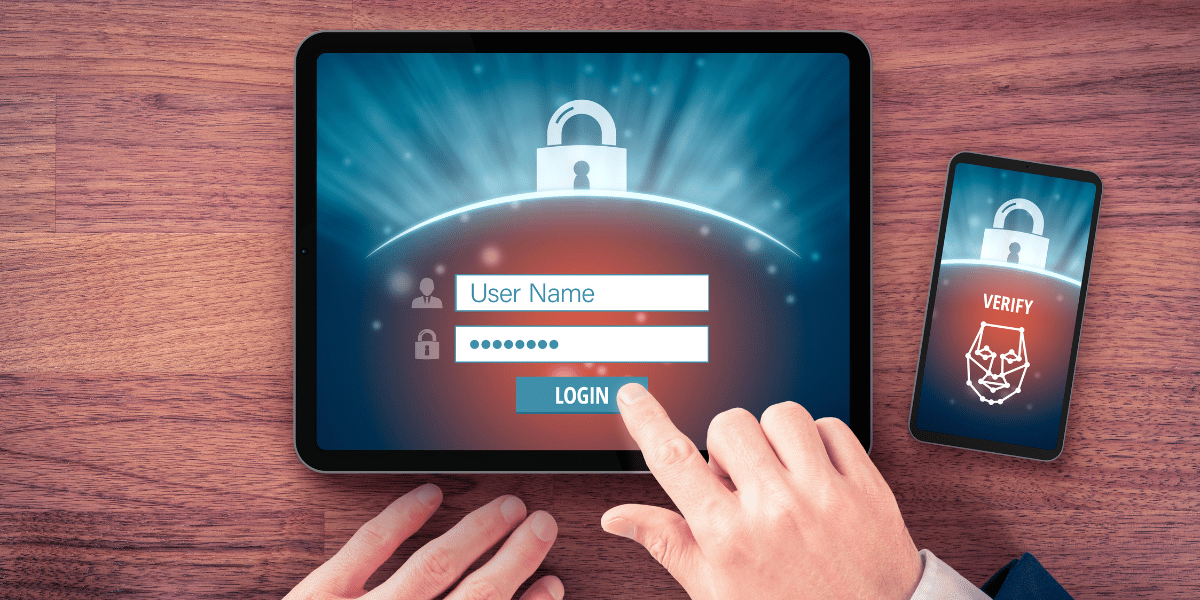
What is Multifactor Authentication?
Multi-factor Authentication (MFA) is a highly recommended form of authentication that provides an extra layer of security to help protect sensitive data. It requires users to provide more than one form of verification, such as a username and password combination, a one-time code sent to their device, or biometric information like fingerprints or facial recognition. MFA helps reduce the likelihood of successful cyber attacks.
By requiring two or more validation factors from a user in order to gain access to resources, organizations can ensure only authorized individuals are accessing critical data. For added security, organizations should consider implementing MFA that’s tailored to their specific needs and industry compliance regulations.

How Does Multi-Factor Authentication Work?
The concept behind MFA is simple yet effective: users provide two factors to authenticate themselves–their username/password combination and an additional factor that confirms their identity. Companies must select which authenticator factors they want to use based on their specific needs and the level of security desired.
Organizations must also decide whether they want MFA integrated into existing systems, use external solutions (such as third-party identity providers), or purchase dedicated hardware solutions for more robust authentication measures.
The National Institute of Standards and Technology (NIST) two-factor authentication has developed guidelines for implementing MFA best practices in small businesses.
These requirements are designed to help organizations understand the importance of using two-factor authentication when accessing sensitive data, such as customer information or financial records. The requirements are also aimed at assisting small business owners in implementing an appropriate 2FA solution that meets their security needs.

The NIST MFA Requirements provide a number of key recommendations for implementation, including the use of unique passwords for each user, strict adherence to password policies, regular review and enforcement of access control measures, and clear audit logs to track activity. They also require that users must authenticate via two separate factors before being granted access to any protected resources. This could include something they know (such as a password or PIN), something they have (like a physical token), or something they are (like biometric data).
MFA builds on the concept of using strong passwords by offering an additional form of authentication. This additional form could include one-time passcodes, fingerprints, or any other type of authentication that requires multiple verification steps.
By following these best practices, small businesses can ensure that their valuable data is kept safe from unauthorized use and manipulation. Furthermore, organizations will have peace of mind knowing that their customers’ privacy is not put at risk by any malicious actors who may be trying to gain access to sensitive information.
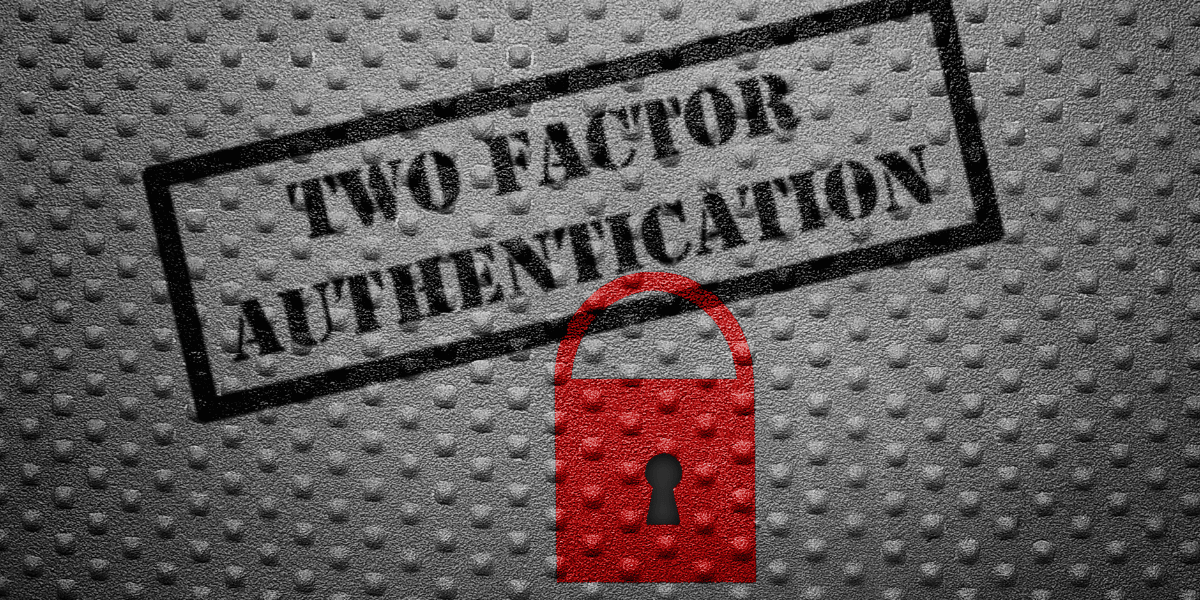
MFA vs. 2-Factor Authentication: What’s The Difference?
Multi-Factor Authentication is a security measure that requires more than one method of authentication to verify the identity of an individual. This differs from Two-Factor Authentication (2FA), which is restricted to using only two authentication methods for verification.
MFA offers additional layers of protection against unwanted access by requiring users to provide multiple pieces of information to prove their identity.
Furthermore, MFA can involve using any combination of authentication factors such as passwords, biometrics, or OTP tokens, thus making it much more secure than 2FA alone. Combined with other measures such as encryption and user permission management, MFA can help organizations protect their data and systems against unauthorized access and malicious activities.
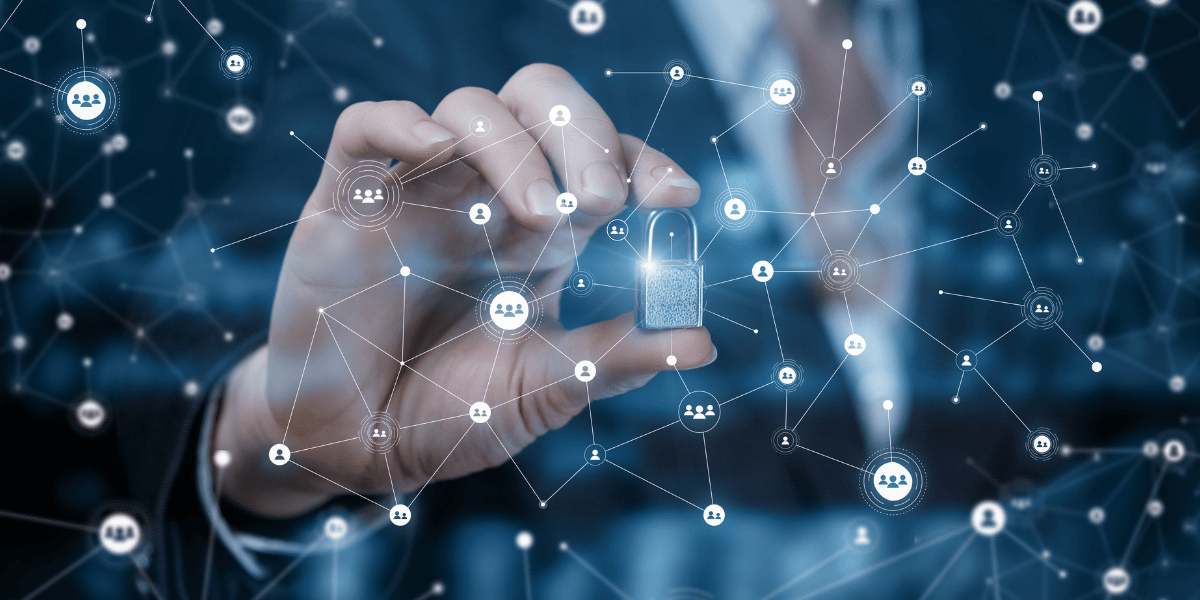
The Importance of Multi-Factor Authentication for Businesses
By leveraging MFA technology and other security measures such as antivirus software and firewalls, businesses can provide an extra layer of defense against outside threats. This adds an extra layer of security for customers’ data and provides peace of mind for business owners responsible for safeguarding their customers’ sensitive information.
According to Microsoft, implementing multifactor authentication (MFA) can provide a powerful safeguard against account compromise attacks. Utilizing MFA for your accounts helps protect you from hackers and other malicious actors who want to gain unauthorized access to your data.
An independent survey conducted by Microsoft found that MFA successfully blocked nearly all (99.9%) account compromise attacks.
It also helps to prevent identity theft by providing an extra layer of security, making it much more difficult for an attacker to gain access to your personal information without permission.
Furthermore, implementing MFA can help improve customer experience by providing faster service with less downtime due to malicious activities or fraudulent attempts at gaining access.
Companies should take the time now to make sure they understand the importance of MFA and the added benefits it provides for both themselves and their customers. With the proper education and awareness about MFA security protocols, businesses can ensure that they are protecting themselves and their customers from potential threats in the digital space.
Here are other important ways to solve the top small business tech issues.
What To Consider When Selecting An MFA Solution For Your Business
Consider the following when selecting an MFA solution for your business:
- When evaluating the proper multifactor authentication (MFA) solution for your business, the critical criteria are accessibility, usability, and training resources.
- To find the correct multifactor authentication (MFA) solution for your business, consider accessibility for all employees, usability, and training resources.
- Additionally, ensure the MFA solution meets current and future needs while remaining cost-effective.
- The provider should offer comprehensive user guides, tutorials, and 24/7 support for any issues that might arise.
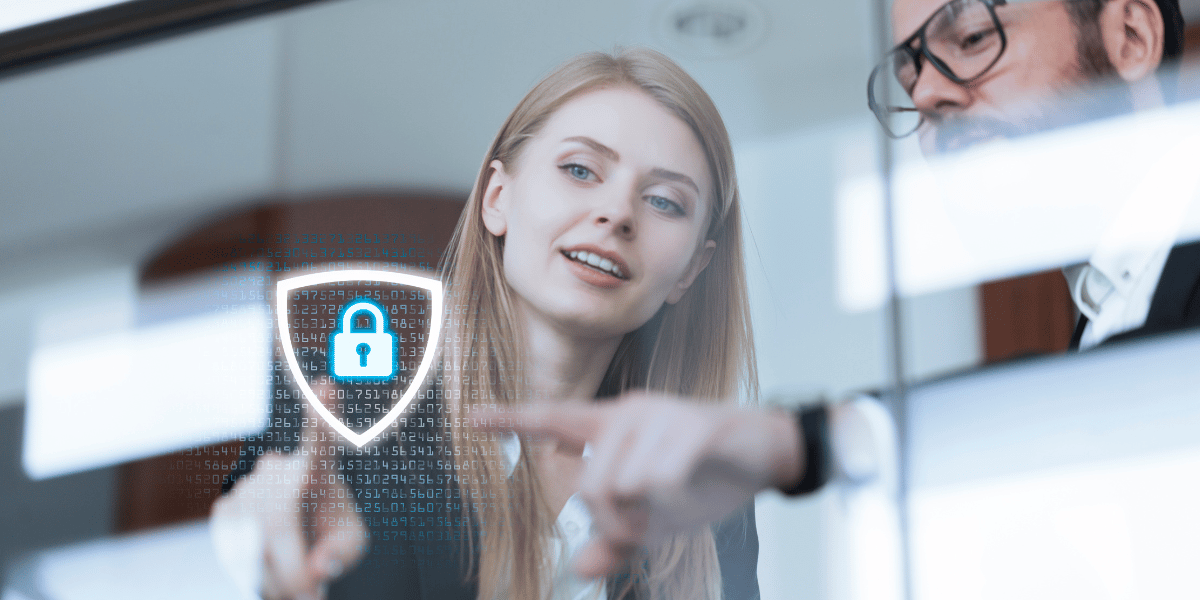
How to Implement a Multifactor Authentication Policy for Your Company
Introducing Multi-Factor Authentication (“MFA”) is important in ensuring your organization’s security is up to date. To have a successful implementation, it is essential to designate someone who can lead the process and accept responsibility for cyber readiness. This individual must prioritize what systems and data need protection, decide which MFA technology best suits those needs, and assess the impact on employees.
Before rolling out MFA across the organization, it is vital to communicate the policies, expectations, and how easy it will be for employees to use. This could include workforce information sessions, training, or a messaging campaign outlining the necessary steps for using MFA such as putting up physical posters, banners, emails, and other communications throughout your organization’s buildings to explain why MFA is essential in today’s digital age. It’s also beneficial to provide support resources where employees can troubleshoot problems they may experience during initial use.
Once you have communicated your plan and employees understand how MFA works, you can begin implementation. It’s important to note that this could present technical challenges if you have a large employee base or if some of your systems need to be updated or transitioned into an MFA environment more accessible.
With strong leadership, strategic planning, and ongoing communication, successful integration of MFA is achievable for any business regardless of size.
What Challenges Might Businesses Face When Implementing Multifactor Authentication?
Businesses’ most significant challenge when implementing multifactor authentication is ensuring all employees understand why it’s important and how it works. If there’s not enough education or training around MFA, employees may not be comfortable with the process or may even find it too confusing — leading them to avoid using it altogether.
Additionally, some users may find the additional steps required for MFA tedious or time-consuming, mainly if they are used to logging in with just one credential. For both the educational and technical side of MFA, you always have the option of working with an MSP. Check out our post on how to find the best MSP for your company.
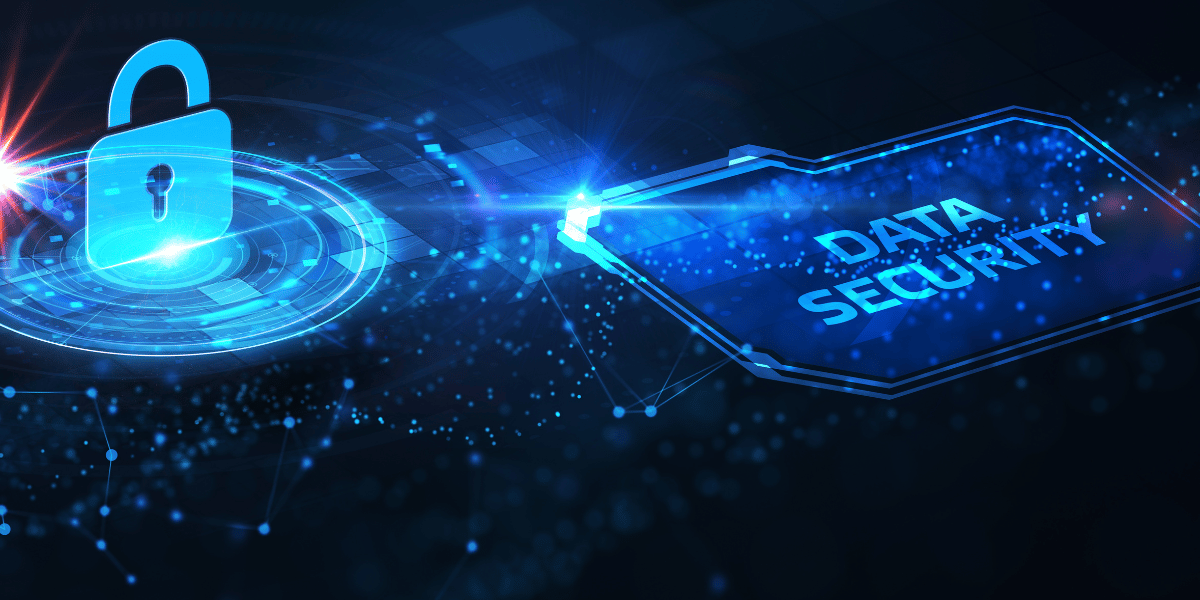
Benefits of Using Multifactor Authentication for Your Business
The primary benefit of using multifactor authentication is increased security. This can help protect your data and digital assets from malicious actors trying to steal information or money from your organization and also help protect your customers’ data and builds trust by showing that you take their data privacy seriously.
By requiring users to prove their identity multiple times before gaining access, MFA makes it much harder for attackers to gain unauthorized access.
Also, MFA can help protect against phishing scams and other social engineering attacks since attackers will need more than just one piece of information before they can get into your systems.
Finally, this extra layer of control makes it easier for you to keep track of employee activity on your networks and spot any unauthorized activity quickly before any damage can be done.
The Challenge of Using Multifactor Authentication
While many benefits are associated with using multifactor authentication, there are also some potential drawbacks. For example, trying to access systems with multiple layers of credentials is time-consuming, which can cause delays and disruptions within an organization.

How Can Employees Be Trained To Use Multi-Factor Authentication?
Putting together educational campaigns to educate them on how to use MFA, such as putting up physical posters, banners, emails, and other communications throughout your organization’s buildings to explain why MFA is essential in today’s digital age, as well as inform everyone about the risks associated with not using it – like identity theft or lost data due to hacker attacks or malware. Additionally, let them know that you are making this transition for their safety and convenience – not as a nuisance or tracking policy.
Strongly urge all your users to take advantage of this new technology – installing MFA on all applicable devices and services – to benefit from its added security measures during this digital era.
Multifactor authentication provides an extra layer of security that protects your business from online attackers looking for easy targets with weak security protocols in place. With its ability to verify identities through multiple factors such as passwords, encryption keys, and biometrics, MFA ensures that only authorized personnel can access your essential data and resources – making it an invaluable tool for businesses looking for ways to keep their networks secure. As such, we strongly recommend implementing multifactor authentication across all systems within your organization if you want the best protection against external attacks.
If you are looking for an IT firm to outsource your cybersecurity to, ANAX Business Technology is at your service. We have been providing cybersecurity solutions to help hundreds of businesses just like yours stay secure online. We offer 24/7 monitoring, real-time alerts, and an advanced security system that will keep your business protected from hackers and other threats.
Follow Us!
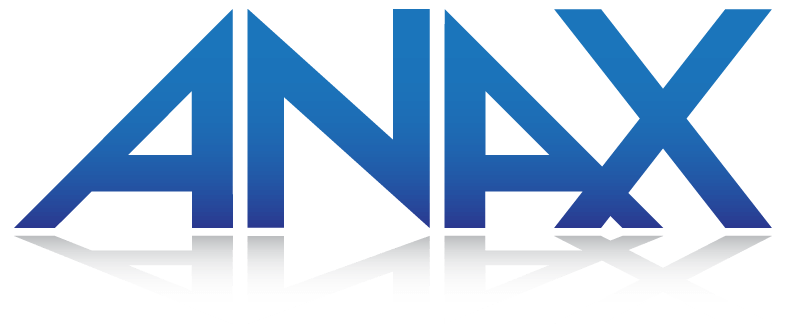

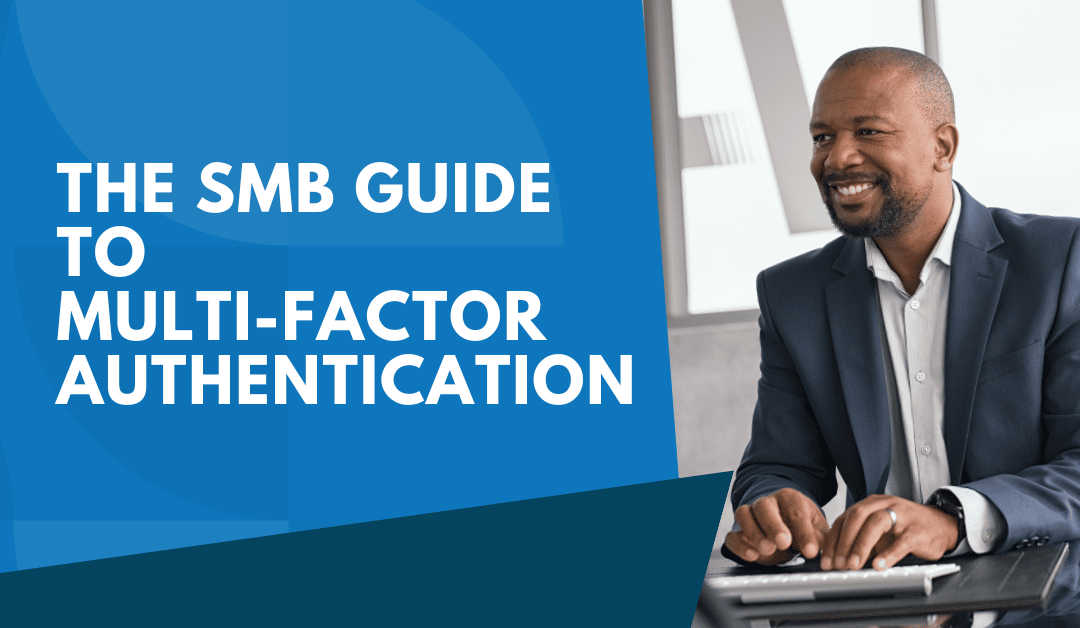

Recent Comments